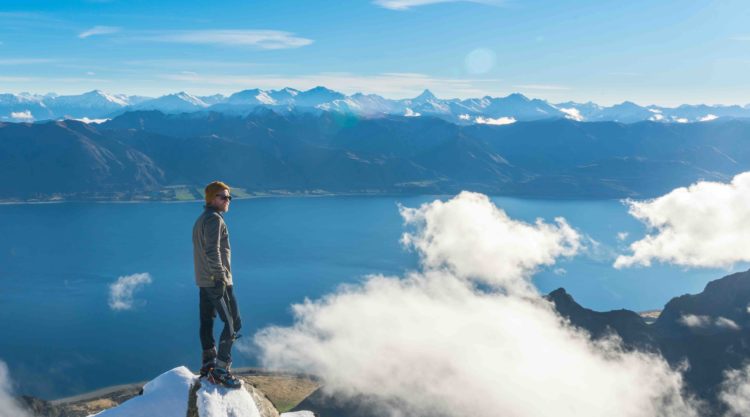Travel
Rock Star
He fell nearly 30 feet, and he made it even more interesting by clipping a tree on the way down before becoming one with the ground. And then things got really rough.
Levi Harrell was suddenly in the wrong place at the wrong time.
Liming, China, to be exact. Out in the middle of South Asia nowhere with a serious head wound and a bunch of ribs that ran the spectrum of cracked, dislocated and bruised.
The freelance adventurer, journalist and photographer was on assignment over 7,700 miles away from his Boulder, Colorado residence, and if he didn’t find legitimate medical assistance soon, the story of Harrell’s rock climbing fall and any tragic results could end up being someone else’s news assignment.
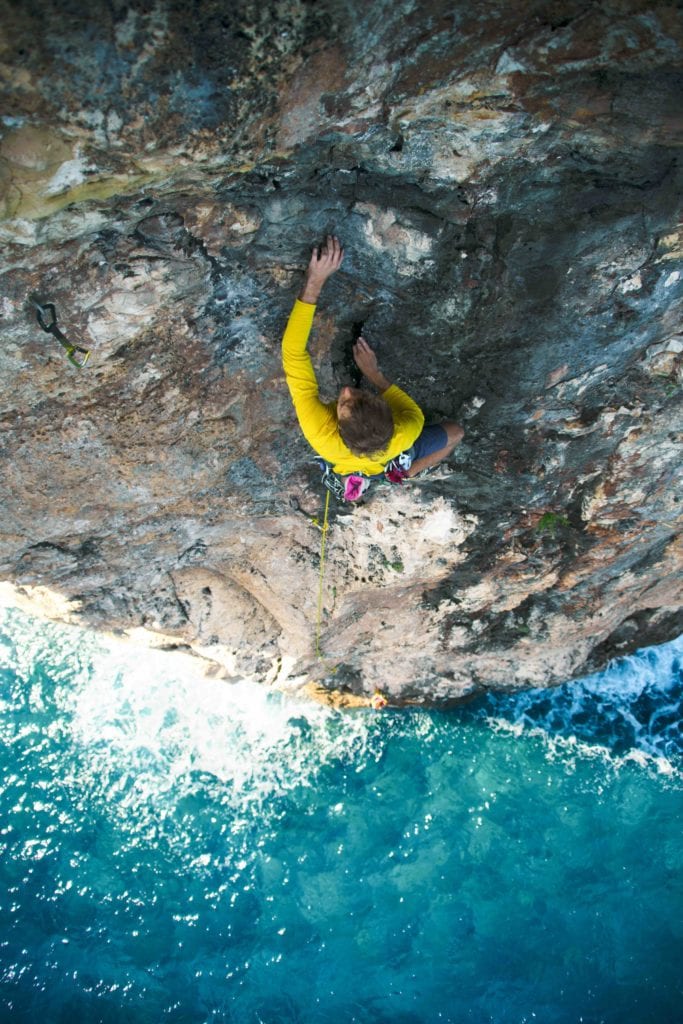
The 27-year-old Missouri native could author volumes on the injuries and brushes with death that he’s endured during a relatively short lifespan. However, this China mishap featured a perfect storm situation where resolve was going to be a story for the ages, if there was an open window or a doggie door that resolve could crawl through.
The clock was ticking.
To hear Levi tell it, he blacked out and, when he came to, he’s witnessing his climbing party in rescue mode. Thankfully a lot of these professional climbers are also first-aid certified. They got him stable and were able to cover and wrap up a profusely bleeding head before planning next steps.
They were two miles from the nearest road, and that road was five hours from the closest town. To make matters worse, Levi needed an hour before moving until he was stable enough to carry his own weight.
They get to the road with his climbing partner and translator and a van drives them three-and-a-half hours to the closest town with a hospital.
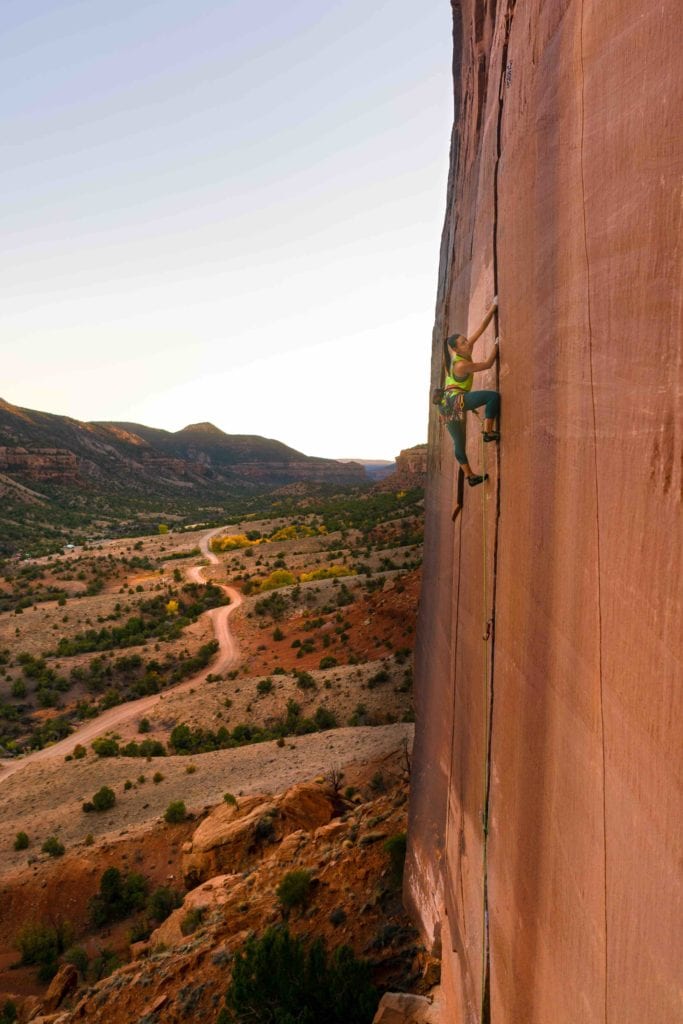
Then it got real. And real scary. Levi Harrell gives his first person account from here…
“The hospital wasn’t something you’d see in the U.S. It was dark and dirty and very full. At this point, my shock is starting to wear off and I’m feeling a lot of pain.
I go see the doctor and the translator explains what’s happened. The doctor looks at my head and decides I need an MRI to see if I’ve got a brain bleed before stitching my head up. We pay the $150 American before receiving any treatment and then they take me to a back room with my translator to get stitches. There’s a metal table and one little wooden stool.
Then my translator and doctor start to argue.
My translator looks at me and tells me that the doctor won’t allow him to be in the room while he’s working on me. So now we’ve broken down every form of communication that we had.
The doctor pushes my head down onto the table by my neck and pins my head down. I can feel the nurses in the room scraping the back of my head with a straight razor, clearing the area that the doctor is getting ready to work on. Then the doctor takes a local shot of an antibiotic into my head and starts stitching away. I was in sheer panic, realizing I’m in a foreign country. What happens if I pass out? There’s no one else here.
It was complete panic at that point because I didn’t get an anesthetic. I could feel all these stitches being passed through my head. He passes the first stitch through and it’s a very thick thread. I instantly think, ‘Oh. This is it. I’m passing out. There’s no way I’m staying awake through this. It’s too painful.’ And then I start to realize where I’m at and the consequences to passing out and that this is probably the only American that this man has ever worked on. I’m not going to be the only person who passes out on this table and so I stay awake through it.
He passes about eight stitches through my head, which I found out later were done in silk because they didn’t have any normal sutures like they’d have in the U.S. and that is why they were so thick.
So, he sits me back upright and my brain is so swollen at this point from the trauma that I can’t talk. I throw up instantly and they just pick me up and push me out into the hallway. So now I have to try and find my climbing partner and translator in this massive hallway. I can barely walk and am stumbling around the corridor throwing up, trying to speak but can’t. Eventually two nurses grab me under each arm and drag me to where my translator is. It’s about 30 minutes until I regain my ability to speak from the swelling in my brain. When I can talk, I tell my translator that he wasn’t allowed to ever leave me again. It was the most terrifying thing I have ever been through.
We eventually go into a separate building to get my MRI scan and wait about two-and-a-half hours until I get the “all clear” – no brain bleed.
Then I’ve got to figure out how I’m going to sleep the next few nights because I can’t lay my head back due to the amount of blood that’s still coming out of and how much seepage there is. That was a rough couple of nights and, at this point, I still didn’t know about my ribs being cracked or dislocated. That wasn’t discovered until a week later when I arrived back in the U.S. and saw a doctor.”
So why is Levi Harrell risking life and limb for this? Why is he walking around like a zombie through the morbid hallways of a creepy hospital straight out of a Stephen King novel?
When you see his work, you’ll understand.
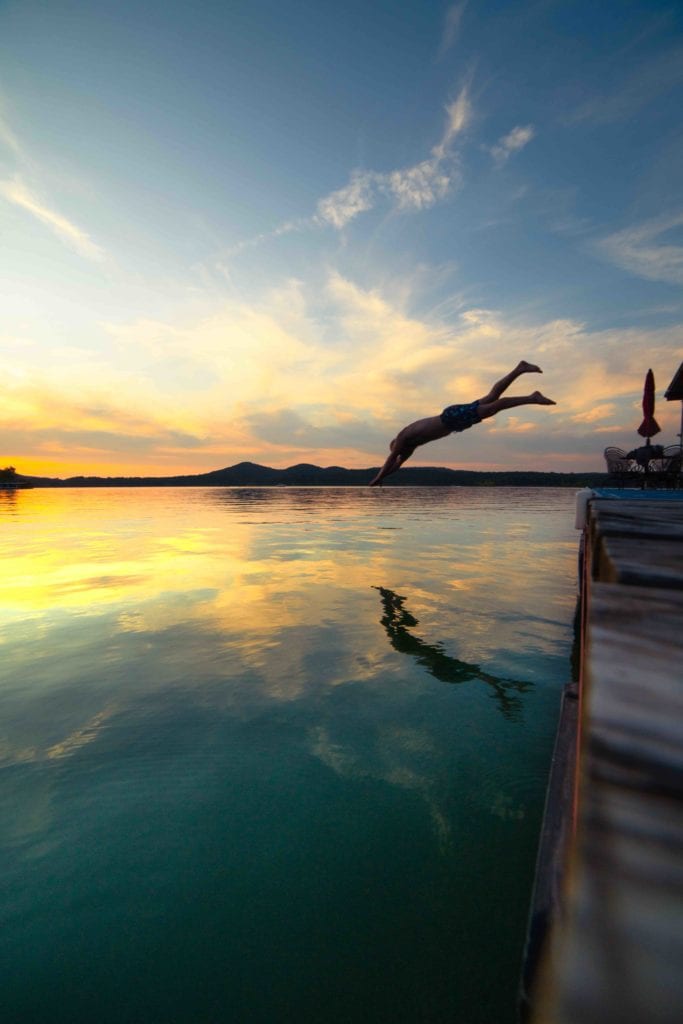
It’s Levi Harrell’s addiction. You’ll see why a dozen or so magazines from around the world enlist his services to capture the unknown and the untamed through his life-changing photography. The art. The uncompromised beauty. The window he opens to a world of raw wonder and astonishing nature. They are the places and the occurrences that you might not know existed.
“I really like covering stuff that’s new and fresh and a place where a lot of people aren’t going. Places and things that are really out there. There is so much rock out there that has yet to be discovered. That’s the stuff that I get really excited about covering.”

It all started with backpacking and traveling the world, fueling his curiosity and turning it into his life’s work. Harrell found himself in New Zealand, home of some of the best mountaineers in the world, and it is where he would call home for two-and-a-half of the most important years of his life. “I had lots of mentors who took me in and showed me enough to keep me from getting killed when I’d be on these peaks,” Harrell says with great gratitude. “I soaked it all in with my camera in tow. I was constantly improving my rock climbing skills whether it was sport climbing, traditional climbing or bouldering. Anything I could learn and get my hands on, I was just on fire for.”
Training with the best in the world translated to press assignments across the globe, including the likes of the Southern Alps, Central America, Hawaii, the Caribbean, the Polynesian Islands, Cayman Brac, the Czech Republic and mountain regions across the United States. Future projects in 2020 include a trip back to New Zealand; Bali, Indonesia; and return to the nightmare that was China.
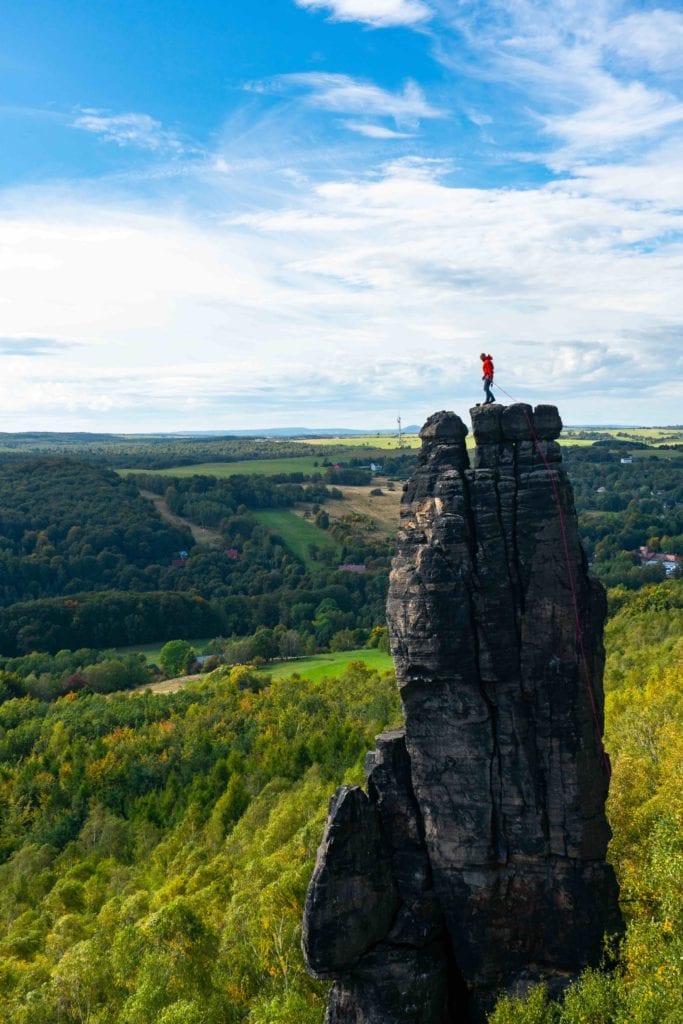
China? Again? The same location?
After some mental training on his near fatal accident, Harrell is ready.
“I was a nervous wreck the first couple of times I went out after recovering from Liming. You don’t trust anything. I worked through it and reminded myself that this was something that I loved deeply and it was worth it to me to get through it. Climbing is what I identify with.
With home base in Colorado, he’s afforded the luxury of four seasons of activity to train whether it’s ice climbing and mountaineering in the winter or hiking, running, rock climbing and more mountaineering in the summer. He is always practicing his photography because practice makes perfect. All of his free time is training physically or mentally because, according to him, “You have to pursue your dreams with unrelenting force. This has to be your life because there’s too much work and it’s too competitive of a market to not be fully invested and passionate about it.”
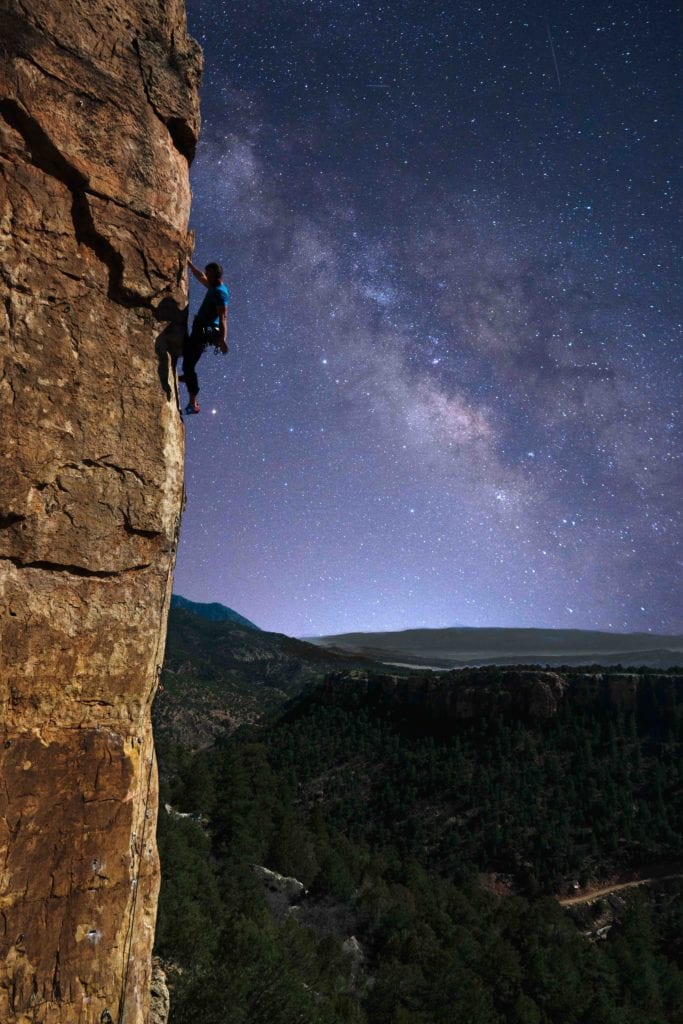
Harrison Ford’s Indiana Jones character once said, “It’s not the years, honey. It’s the mileage.”
Then you have Levi here, who’s admitted that he’s probably the most “unlucky lucky man” that there is. He loves what he does and he would never do anything else, but his body is a hell of lot older than age 27. He’s had a fractured T7 vertebrae, two crushed discs, a blood clot in his left eye, cysts in both knees, a dislocated elbow, multiple cracked ribs, countless stitches, head injuries, several broken bones, and that horror show of a hospital visit in China.
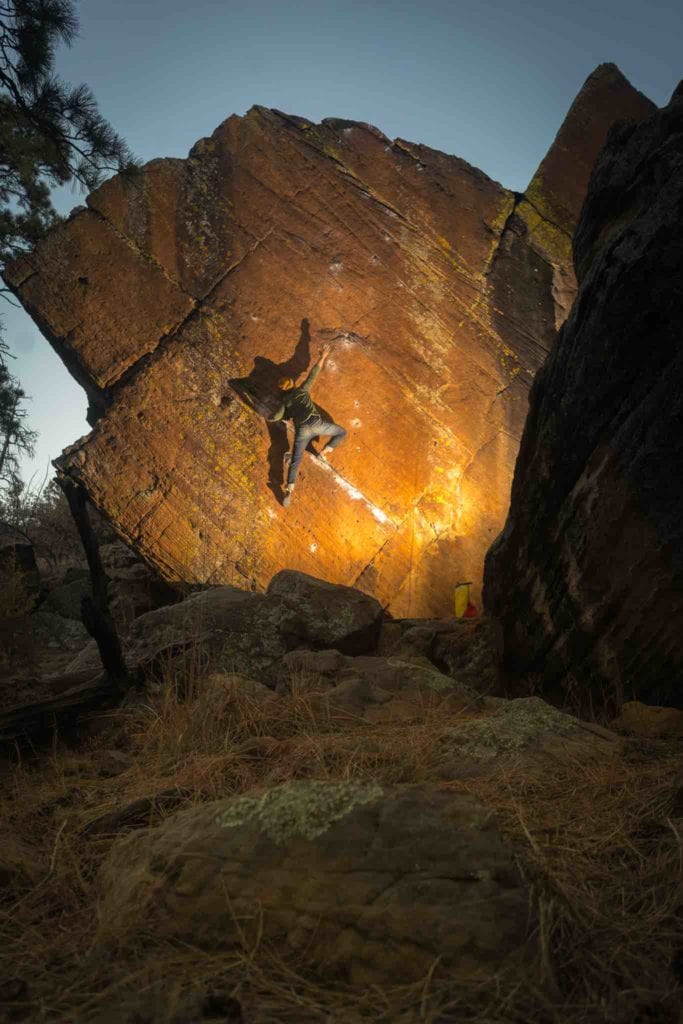
“My mantra is, ‘Art is Pain.’ If it was easy then everyone would be doing it. I’m not here to be second-best, so I’m willing to put my body through some extreme situations to get the shot that I think is a once-in-a-lifetime.”
His full given name is Levi Jack Harrell. But we’re not buying ‘Jack.’ Not after all this. Because from everything we’ve seen and heard, “Danger” is his middle name.
Words by Kevin Marr / Photos by Levi Harrell



